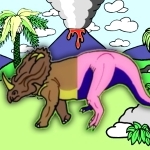
 |
Dino Jumble |
Dinosaur Jumble involves combining two halves of dinosaur pictures to make an amazing, new animal. Children will have lots of fun experimenting with the different combinations, letting their imaginations run wild with many wonderful creations.
This game has two different modes, free play and directive.
Free play mode - open hand: On opening the game there is a prehistoric landscape in the centre of the screen, with a dinosaur combination. To change the dinosaurís appearance, children can click on the green arrows above and below the picture. Clicking on the mixer button will scroll through the picture halves and randomly make a new dinosaur combination.
Directive mode - wand hand: In this mode there is a picture of a dinosaur in the upper right hand corner of the screen. The aim is to try to make the same dinosaur in the bigger picture by using the green arrows to scroll through the front and rear halves. When children think that they have made the same dinosaur, they can click on the green tick button. If they are correct, the dinosaur will roar and a new one will appear.
To exit, click on the small hand on the red button in the lower right corner of the screen.
Outcome 4: Children are involved and confident learners
Outcome 5: Children are effective communicators
Dinosaur familiarity
Creativity
Part/whole concepts
Observation skills
Same and different identification
Decision-making
Using scroll arrows
Mouse control - single click
In free play, children can click on the mixer button and have fun combining the two different dinosaur pictures used. They can use the green arrows to make whole dinosaurs of their choice, or make the funniest looking creature they can think of.
In directive mode, allow children to take their time to scroll through the dinosaur halves and compare the pictures. Let them make the final decision as to when to click on the tick button. Encourage them to try a different combination if the pictures are not quite the same.
Here is some interesting information about dinosaurs.
Here are some dinosaur groups that you may like to consider.
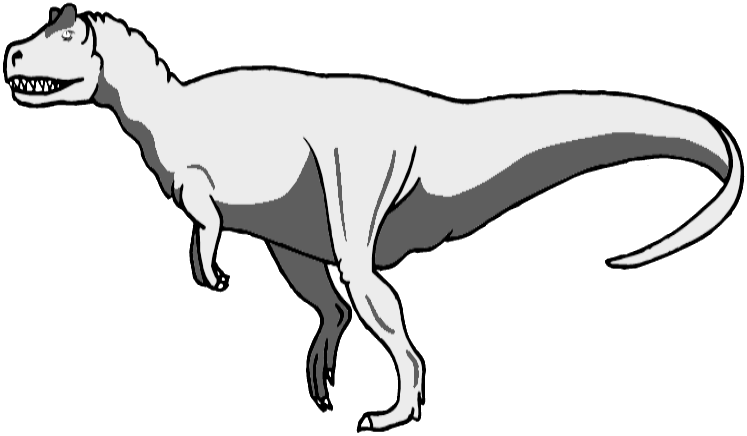
| Theropods (from the greek language, meaning beast feet): Animals in this group ranged from small to large dinosaurs, with our modern day birds having evolved from small therapods. They were mainly carnivorous (meat eaters) and had sharp serrated teeth for cutting flesh. They would also eat other things such as insects, seeds, fish and plants (omnivorous). Theropods usually walked on their two hind legs (bipedal) and had shortened forelimbs with limited motion. Tyrannosaurus is an example of this group. |
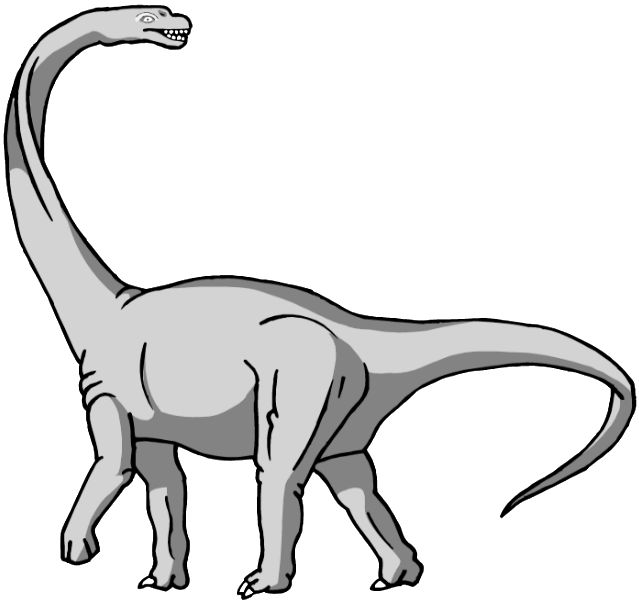
| Sauropods (greek - lizard foot): Sauropods were the largest and heaviest of the dinosaurs. They had long necks, massive bodies, long tails and small heads. They walked on four thick, pillar-like legs. Sauropods were herbivorous (plant-eating) and their bones were hollow and filled with air. From studying fossilized Sauropod footprints, scientists believe that these animals lived in herds. Brachiosaurus is an example of this group. |
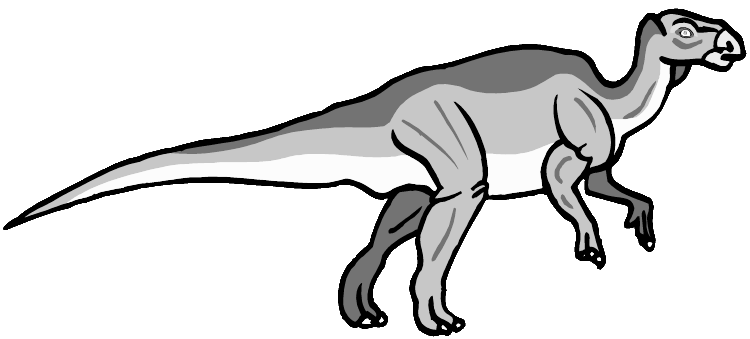
| Ornithopods (greek - bird feet): These herbiborous dinosaurs had features such as three-toed feet, a horny beak and did not have any armour. Early ornithopods were small and walked on their hind legs. They developed into larger animals that grazed on all four legs but ran on their hind legs. Iguanadon is an example of this group. |
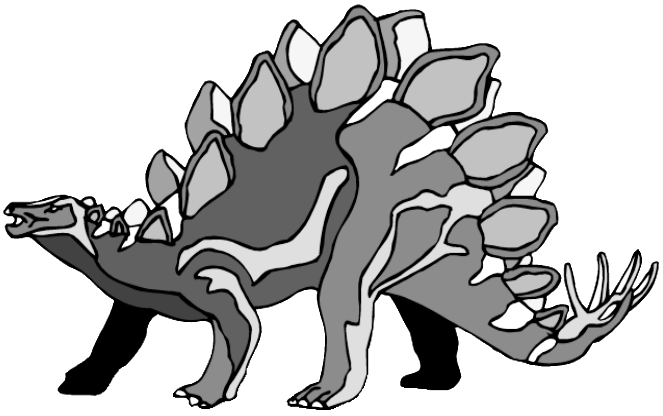
| Thyreophora (greek - shield bearers): These were armoured, herbivorous dinosaurs. Thyreophorans had body armor lined up in long rows along the bodies in the form of spikes and plates. Some also had club formations at the end of their tails. Stegosaurus is an example of this group. |
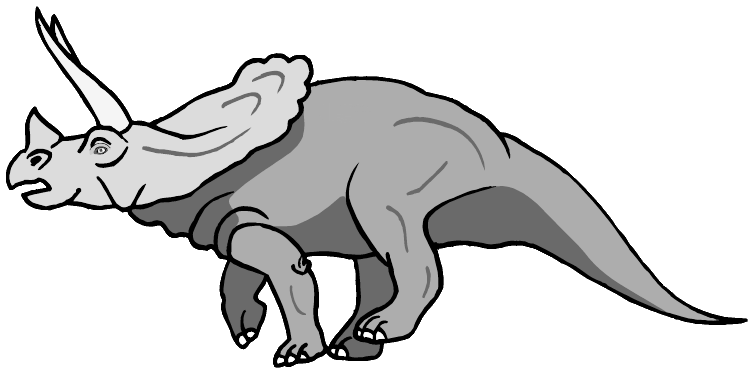
| Ceratopsians (greek - horned faces): A group of herbivorous, beaked dinosaurs. Later members were very large and walked on all fours. They also developed facial horns and frills extending over their necks. The frills might have protected the animalís neck area from attack, been used for display, regulated internal body heat or aided the attachment of large neck and chewing muscles. A combination of these theories may be correct. Triceratops is an example of this group. |
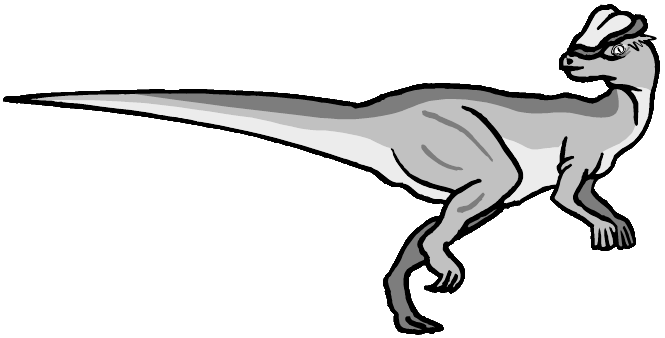
| Pachycephalosauria (greek - thick headed lizard): These dinosaurs were all bipedal, herbivorous/omnivorous animals with thick, domed skulls. Nodes and/or spikes often surrounded the domes. Pachycephalosaurus is an example of this group. |